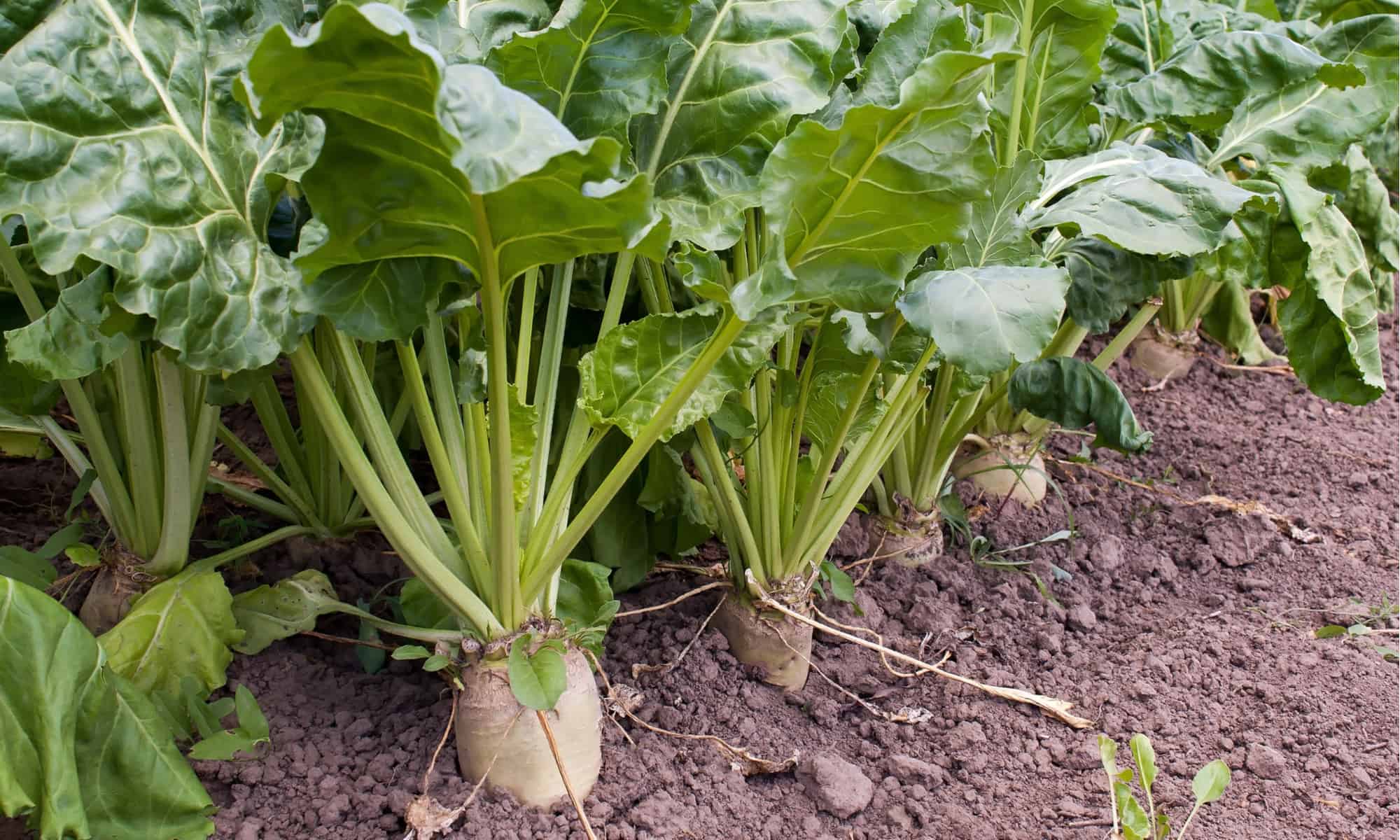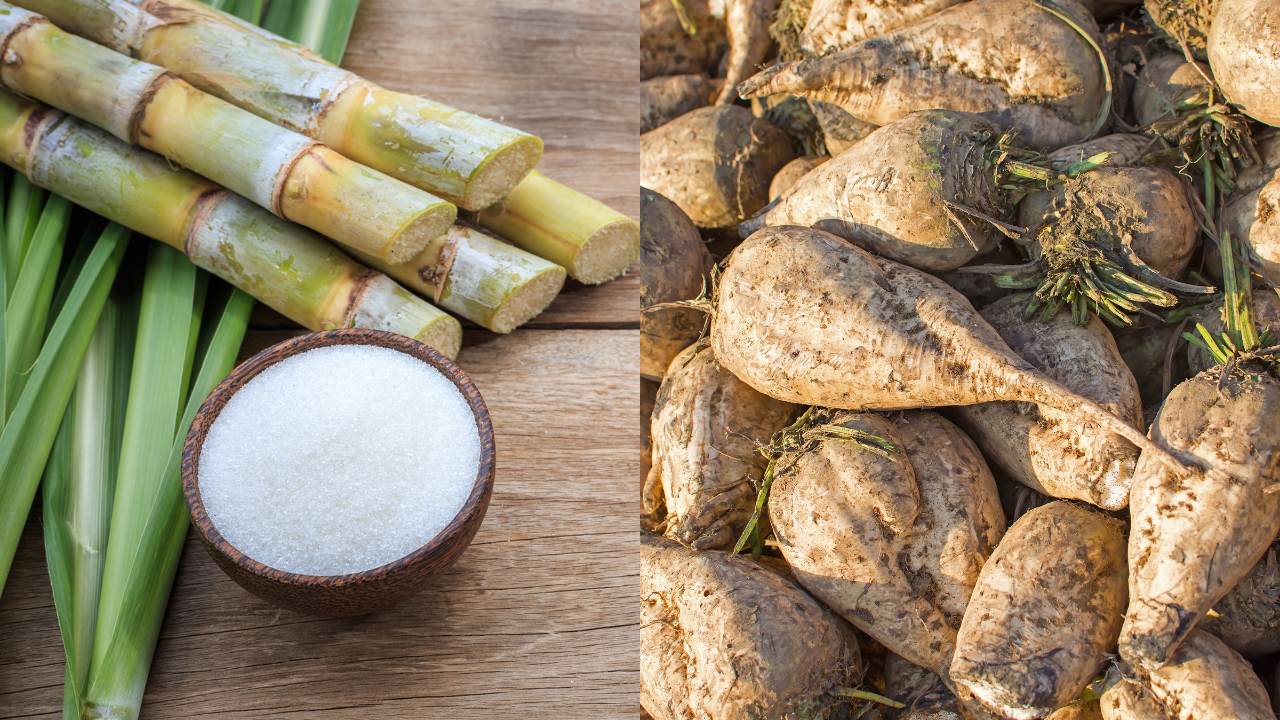The debate on beet sugar vs cane sugar often centers around processing methods and composition.
Exploring the Distinctions in operation and Advantages Between Beet Sugar Vs Cane Sugar
In the culinary globe, the choice in between beet sugar and cane sugar is not merely concerning sweetness however involves a nuanced factor to consider of flavor, application, and influence. While both sugars stem from various plants, each goes through one-of-a-kind manufacturing procedures that discreetly influence their features and suitability for numerous dishes. As cooks and consumers significantly prioritize both the ecological and flavor accounts of their ingredients, comprehending these distinctions ends up being crucial. This exploration supplies insight right into just how each sugar type can best boost culinary developments.
Origins and Production Procedures of Beet and Cane Sugar

Cane sugar, on the other hand, comes from the sugarcane plant, an exotic yard native to Southeast Asia however currently grown in exotic zones worldwide. The manufacturing of cane sugar starts with the harvesting of cane stalks, which are crushed to release the juice. This juice is then steamed to focus it, after which it is rotated in centrifuges to produce raw sugar crystals. These crystals are further fine-tuned to create the white sugar generally available in shops.

Nutritional Material and Health And Wellness Considerations

When comparing the nutritional material of beet sugar and cane sugar, it comes to be apparent that both kinds basically provide the same calorie worths, with around 16 calories per teaspoon and no considerable nutrient variety. Each is composed nearly totally of sucrose, which is an easy carb that supplies fast energy but lacks vitamins, minerals, or fiber. This similarity encompasses their effect on health and wellness, specifically worrying blood sugar levels. Both sugars, when consumed in excess, can contribute to elevated blood glucose levels, a danger aspect for diabetes and other metabolic disorders. Excessive intake can lead to weight gain and dental problems, as both sugars are equally cariogenic, promoting tooth degeneration. From a health perspective, regulating consumption of any kind of kind of sugar, whether from beet or cane, is a good idea to prevent these prospective unfavorable effects on well-being. Thus, neither holds a distinctive benefit over the various other in terms of health benefits.
Taste Profiles and Culinary Applications
Despite their comparable chemical structures, beet sugar and cane sugar vary subtly in taste, which can influence their use in various culinary contexts. Cane sugar often lugs a tip of molasses, also in its polished form, providing a cozy, caramel-like touch that enhances baked goods, coffee, and chocolate-based recipes. This slight molasses taste is especially valued in the cooking sector for including deepness to sweets and pastries. On the various other hand, beet sugar is characterized by its extremely fine-tuned, neutral preference, making it a versatile sweetener that does not modify the taste profiles of dishes. This neutrality is particularly helpful in delicate recipes, such as light pastries, lotions, and some sauces, where the fundamental tastes of other components are planned to stand apart. Cooks and food manufacturers may pick one kind of sugar over the other based on the desired flavor result of their cooking productions.
Ecological Influence and Sustainability
While both beet and cane sugars are derived from plants, their environmental impacts differ considerably because of the unique techniques of growing and processing required for each. Sugar beet cultivation often entails comprehensive mechanization, which can increase nonrenewable fuel source consumption and carbon exhausts. Nonetheless, beetroots can be expanded in cooler climates and require much less watering, possibly minimizing water use compared to sugarcane. Sugarcane, on the various other hand, is normally expanded in tropical regions where it counts heavily on irrigation and a much longer growing duration, enhancing its water footprint.
Moreover, the handling of sugarcane frequently generates a considerable amount of waste, consisting of bagasse, which, although useful as biofuel, often adds to air contamination if burned inefficiently. Sugar beet handling utilizes more of the raw materials, leading to look at more info less waste. Both markets deal with obstacles in minimizing their ecological footprints, yet continuous innovations in agricultural practices and waste administration are intending to enhance sustainability.
Economic Variables Influencing the Sugar Industry
The financial characteristics of the sugar sector are considerably influenced by international market demands and profession plans. In areas where sugarcane or sugar beet production is subsidized, producers might have an economic benefit that enables them to supply reduced costs on the international market.
Additionally, changes in worldwide need for sugar, affected by dietary patterns and industrial usage in food products, directly impact rates and manufacturing levels. moved here beet sugar vs cane sugar. Climate conditions also play a critical duty, as they can substantially affect crop returns and, as a result, the supply chain. This variability introduces a level of economic uncertainty that can bring about investment volatility in sugar production fields, influencing choices from planting published here to market approach
Final Thought
In verdict, both beet and cane sugar have distinct qualities that match various culinary demands. While cane sugar conveys a rich flavor ideal for improving baked goods, beet sugar's nonpartisanship is best for lighter dishes.